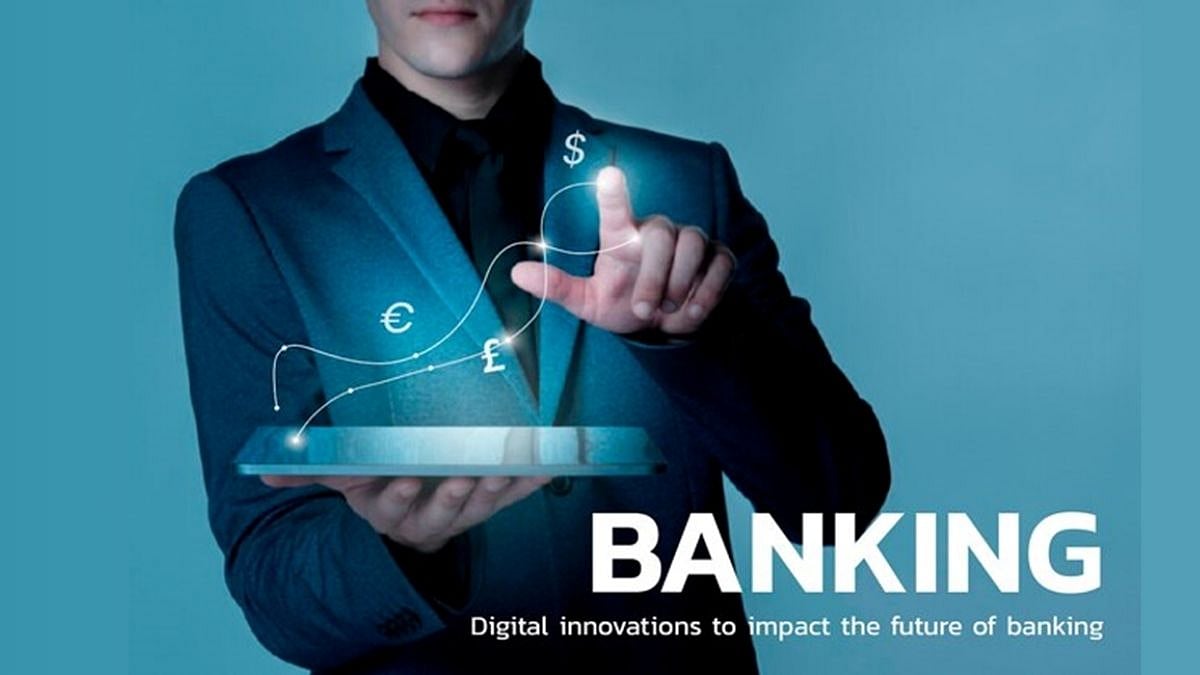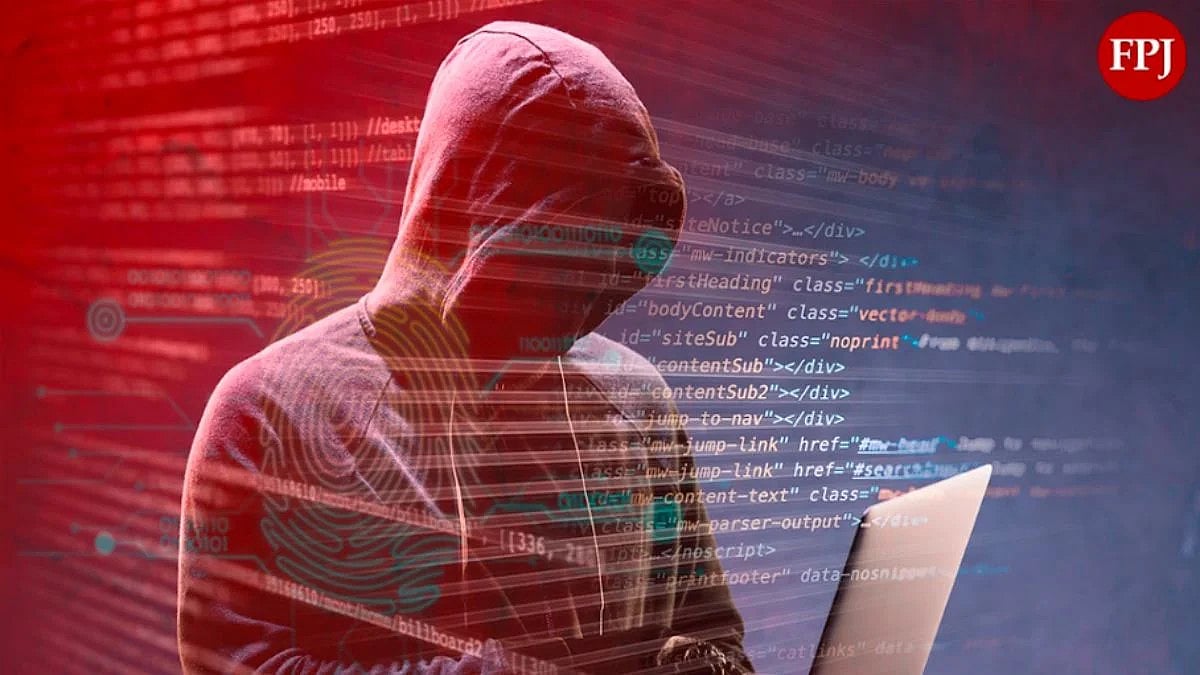Know Your Customer or KYC regulations require banks and financial organisations to confirm the identity of their customers. With increasing financial frauds and money laundering activities globally, KYC has become indispensable for banks to ensure safety and comply with anti-money laundering laws.
Traditionally, KYC involves submitting physical documents like ID proof, address proof, etc., to branch staff. However, this is changing fast with the adoption of video-based KYC or video KYC in a banking app.
What is Video KYC?
Video KYC or video-based customer identification is a fully digital method to verify new customers remotely. It enables customers to complete KYC formalities easily through a video call without visiting a branch. Some key aspects of video KYC include:
Real-time customer verification over video by bank staff
Capturing images of ID proof and customer through a high-resolution camera
External data checks against documents provided to authenticate customer.
Secure transfer and storage of customer data and documents
With artificial intelligence and machine learning, video KYC is getting even more advanced. Some banks use face-match technology for more accuracy in customer verification.
What You’ll Need for Video KYC
Keep your PAN and Aadhaar Card ready. Just ensure these vital IDs are within arm’s length so you can easily show them on video when required.
Have a white paper sheet and blue/black pen ready. You may need to sign some documents, which will be shared for verification.
Pick a spot with ample light before video calling for KYC verification. This allows bank staff to see your face and documents.
Finally, check your internet speed before the call to avoid connectivity issues. Prefer Wi-Fi and try to turn off too many background apps for a glitch-free video session while KYC in your mobile banking app.
Why is Video KYC Important for Banking Apps?
Enhanced Customer Experience
Video KYC delivers a smooth digital banking experience for tech-savvy and mobile-first consumers. Customers can complete KYC conveniently from their location without paperwork.
Quick Customer Onboarding
Video KYC makes customer acquisition faster for banks:
Low drop-off rates compared to physical KYC leading to improved conversion
Higher rate of completed applications versus incomplete registrations
Banks can rapidly expand their consumer base with fast onboarding to drive business growth.
Reduced Costs
By digitising the KYC process, banks save substantially on operational costs:
Saved cost of paperwork, scanning, storage and manual processes
30-50% cost reduction versus physical customer verification
Lower infrastructure and workforce requirements due to reduced branch visits
Enhanced Risk and Fraud Checks
Video interaction and AI tools provide better customer risk assessment:
Real-time verification through live video makes the process more reliable
Advanced tools to detect forged identities or documents
More accuracy in establishing genuine customers over physical KYC
It leads to improved fraud detection and risk mitigation per KYC norms.
Key Challenges in Video KYC Implementation
While video KYC has immense benefits, some notable challenges in adopting it include:
Ensuring robust video infrastructure and uninterrupted connectivity
Mitigating risks of manipulated identity documents
Maintaining high accuracy of biometric checks and data security
Seamless coordination between teams for smooth UX during video KYC
Compliance with evolving regulatory policies on digital KYC
Banks must address these challenges through technology upgrades and process reengineering.
The Road Ahead: Video KYC in Banking
Key drivers supporting increased video KYC adoption are:
Rise in Digital Transactions: With a surging preference for digital payments and online banking globally, remote video KYC provides the ideal solution for onboarding digitally influenced consumers.
Regulatory Support: Governments and regulators actively frame guidelines and policies to support digital KYC implementations across the banking and fintech ecosystem.
Innovations in Video KYC: Integrating technologies like AI, ML and automation makes video KYC seamless. For instance, some banks have launched an AI assistant to guide customers during video KYC.
Conclusion
Video KYC implementation requires overcoming several challenges, but global trends indicate it is the future of KYC processes. It delivers convenience and solid risk and compliance management, which are integral for banking experiences today. Backed by emerging capabilities like AI and ML, video KYC can transform banking operations and customer interactions.
Banks must embrace video KYC early on to attract digitally savvy consumers, contain costs and stay ahead of the competition. For most customers, video KYC paves the way for banking anytime, anywhere, without compromising safety or regulatory needs.










